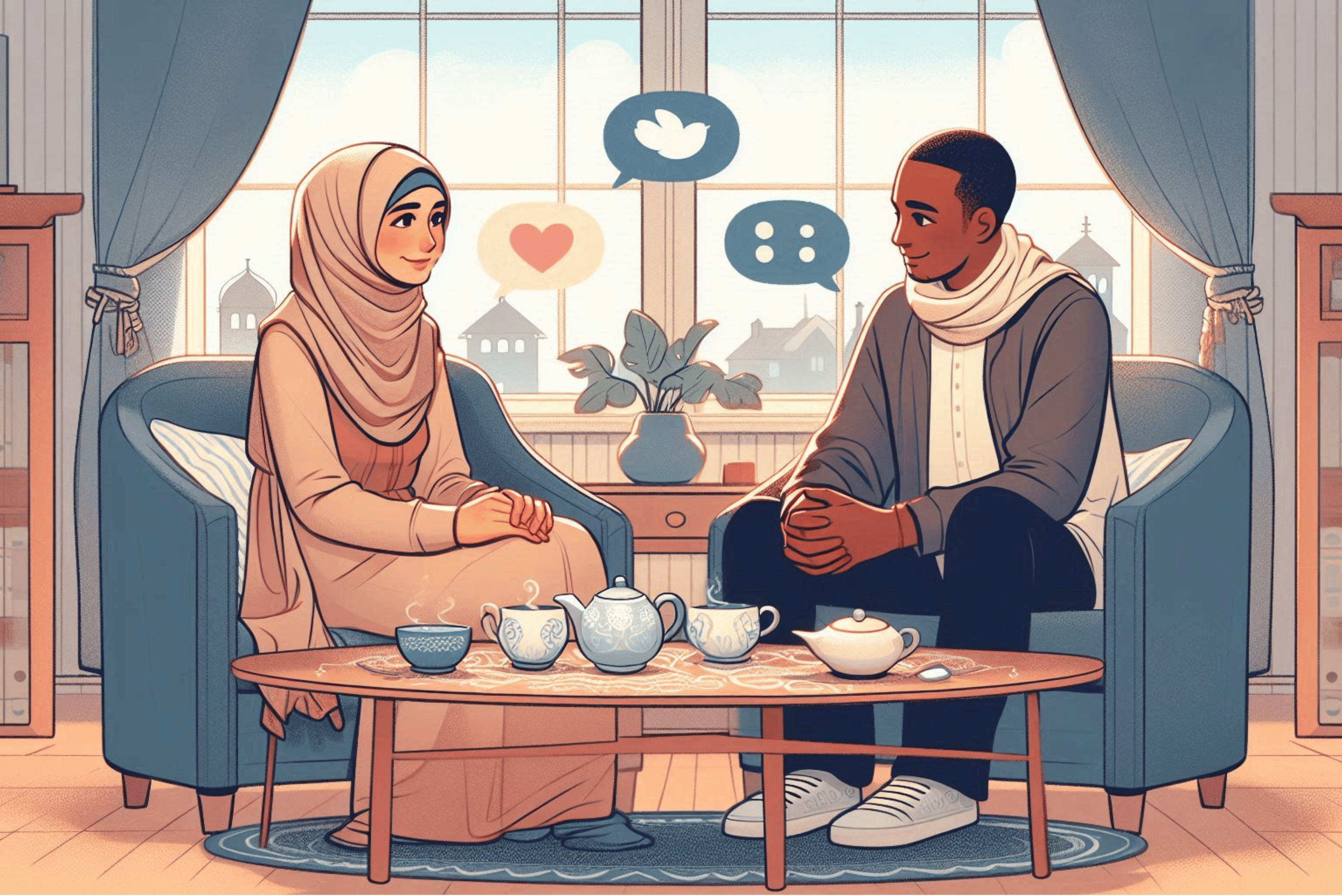Ever walked into a room and felt instantly at home? Or maybe you’ve experienced the opposite – a space that just didn’t feel right, but you couldn’t pinpoint why. That’s the magic of interior design at work!
Now, I know what you’re thinking: “How can I decorate my home like a pro without a degree in Interior Design or emptying my bank account?” Great news – you don’t need either! In this age of endless information, the secrets of stunning interiors are at your fingertips.
With just a few key principles under your belt, you can transform any space into one that truly reflects your personality and makes you feel amazing every single day. Whether you’re a total newbie or just looking to refresh your skills, this guide to Interior Design Principles is your ticket to creating spaces that wow.
Ready to unlock the power of design and make your home sing? Let’s dive in and discover how easy it can be to bring your dream space to life!
Understanding the Principles of Interior Design
Let’s kick things off with the basics, shall we? Interior design principles are like the secret sauce that turns a hodgepodge of furniture and decor into a cohesive, stunning space. Think of them as your trusty toolkit for creating rooms that not only look great but also feel fantastic to be in.
The core elements of interior design include:
- Line
- Shape
- Form
- Space
- Color
- Texture
These elements are the building blocks of any well-designed room. But here’s the kicker – it’s how you combine them that makes the magic happen!
In interior design, balance and proportion are the most important concepts to take in account, though their significance is often overlooked.
Ever been in a room that just felt “off”? Chances are, the balance was out of whack. It’s like trying to ride a bike with one wheel bigger than the other – sure, you might move forward, but it’s going to be a bumpy ride!
And let’s not forget about focal points. They’re like the north star of your room, guiding the eye and creating a sense of purpose. Without a focal point, your eyes might wander aimlessly, like a lost tourist in a big city. Not fun!
Color Theory: The Power of Hues in Your Home
Let’s talk about color! This is where interior design principles get really exciting. Did you know that colors can actually affect your mood? It’s true! That’s why choosing the right palette for your space is crucial.
Here’s a quick rundown of how some colors might make you feel:
- Blue: Calm and serene (perfect for bedrooms!)
- Yellow: Energetic and cheerful (great for kitchens)
- Green: Fresh and natural (ideal for a home office)
- Red: Passionate and exciting (use sparingly for impact!)
But don’t just take my word for it. Play around with colors and see how they make you feel. After all, your home should be a reflection of you, not what some design magazine tells you is “in” this season.
When it comes to creating a color scheme, think of it like putting together the perfect outfit. You want everything to complement each other, right? The same goes for your home.
The 60-30-10 Color Rule for Interior Design
60% dominant color (usually a neutral)
30% secondary color
10% accent color
This formula helps create a balanced look that’s easy on the eyes. But hey, rules are made to be broken, so if you’re feeling bold, go for it! Just remember, a little goes a long way with bright colors.
Furniture Placement: Maximizing Flow and Functionality
This is where those interior design principles really come into play – furniture placement! It’s not just about making things look pretty; it’s about creating a space that works for you.
Traffic Flow
Imagine trying to navigate through a room like it’s an obstacle course. Not fun, right? That’s why you want to create clear pathways that allow for easy movement. Think about how you use the space and arrange furniture accordingly.
Here’s a pro tip: use painter’s tape to mark out furniture placement on the floor before moving anything. It’s like having a life-size floor plan, and it can save you a ton of backaches from moving that heavy sofa around!
Furniture
When it comes to selecting furniture, size matters. A huge sectional might look amazing in the showroom, but if it dwarfs your living room, it’s not doing you any favors. This is where the principle of scale comes in. Everything should be proportional to the room and to each other.
And don’t forget about creating conversation areas! Nobody wants to shout across the room to chat. Arrange seating in groups that encourage interaction. This is how you set the stage for great conversations and memories.
Lighting: Setting the Mood and Enhancing Functionality
Let there be light! But not just any light. The right lighting can make or break a room. In the world of interior design principles, we talk about three types of lighting:
- Ambient lighting: This is your overall room lighting. Think ceiling fixtures or recessed lights.
- Task lighting: Focused light for specific activities, like reading lamps or under-cabinet kitchen lights.
- Accent lighting: The icing on the cake – it highlights specific features or objects in the room.
The key is to layer these types of lighting. It’s like being the DJ of your home’s ambiance. You can adjust the mood with the flick of a switch!
When choosing light fixtures, think of them as jewelry for your room. They should complement your style while providing the right amount of light. And don’t be afraid to make a statement – a bold chandelier or a quirky table lamp can be a great conversation starter!
Texture and Pattern: Adding Depth and Interest to Your Space
Think texture and pattern are just fluff in interior design? Think again! These elements can transform a dull space into a visual feast. They’re the secret ingredient that takes your space from ‘meh’ to ‘wow’!
Texture adds depth and interest to a room. Imagine a space with all smooth surfaces – it might look clean, but it could also feel a bit sterile. Now add some rough-hewn wood, a plush rug, or a nubby throw pillow. Suddenly, the room comes alive!
When it comes to patterns, it’s all about balance. Mixing patterns can be tricky, but here’s a simple rule of thumb: vary the scale. Pair a large floral print with a small geometric pattern, for example. It’s like creating a visual symphony – each pattern plays its part without overwhelming the others.
And remember, texture and pattern aren’t just about textiles. Think about incorporating these elements through:
- Textured wallpaper
- Woven baskets
- Carved wood furniture
- Patterned tile
- Textured art pieces
The possibilities are endless!
Personalizing Your Space: Incorporating Your Unique Style
This is where the magic happens! All these interior design principles? They’re just tools to help you create a space that’s uniquely, wonderfully you.
Don’t be afraid to display personal items and collections. That weird sculpture you picked up on your travels? Put it on display! The vintage comic books you’ve been collecting since childhood? Frame them and create a gallery wall!
Speaking of gallery walls, they’re a fantastic way to show off your personality. Mix and match different frame styles and sizes for an eclectic look, or keep everything uniform for a more polished appearance. Either way, fill those frames with things that make you smile – family photos, artwork, even your kids’ drawings.
And here’s a little secret: the most interesting homes are often a mix of styles. Maybe you love mid-century modern furniture but also have a thing for bohemian textiles. Guess what? You can have both! The key is to find common elements – color, texture, or form – that tie everything together.
Sustainable Design: Eco-Friendly Choices for a Conscious Home
In 2024, sustainable design isn’t just a trend – it’s a way of life. And the best part? It totally jives with all the interior design principles we’ve talked about.
Eco-friendly materials are more beautiful and varied than ever before. From recycled glass countertops to bamboo flooring, you can create a stunning space while being kind to Mother Earth.
One of my favorite sustainable design tricks is incorporating vintage or upcycled pieces. Not only does this reduce waste, but it also adds character to your space. That old ladder repurposed as a bookshelf? Genius!
And let’s not forget about energy efficiency. LED lighting, smart thermostats, and energy-efficient appliances not only reduce your carbon footprint but can also save you some serious cash in the long run.
Putting It All Together: Your Design Action Plan
Let’s recap the key interior design principles and how to use them:
- Understand the basic elements of design
- Use color theory to create the right mood
- Arrange furniture for optimal flow and function
- Layer lighting for ambiance and practicality
- Incorporate texture and pattern for depth
- Personalize your space with meaningful items
- Consider sustainable options for a conscious home
Now, here’s your action plan to start creating your dream space:
- Assess your current space. What’s working? What’s not?
- Define your style. Create a mood board with colors, patterns, and styles you love.
- Prioritize your needs. What functions does the space need to serve?
- Start with one room. Apply the principles we’ve discussed, one step at a time.
- Don’t be afraid to experiment. Interior design is an ongoing process, not a one-and-done deal.
Remember, creating a home that reflects your personality is a journey, not a destination. Have fun with it! Try new things, make mistakes, and learn what works for you. After all, the best-designed homes make you feel happy, comfortable, and totally yourself.
So go ahead, unleash your inner designer! With these interior design principles in your back pocket, you’re well on your way to creating a space that’s not just beautiful, but uniquely, wonderfully you. Happy designing!


